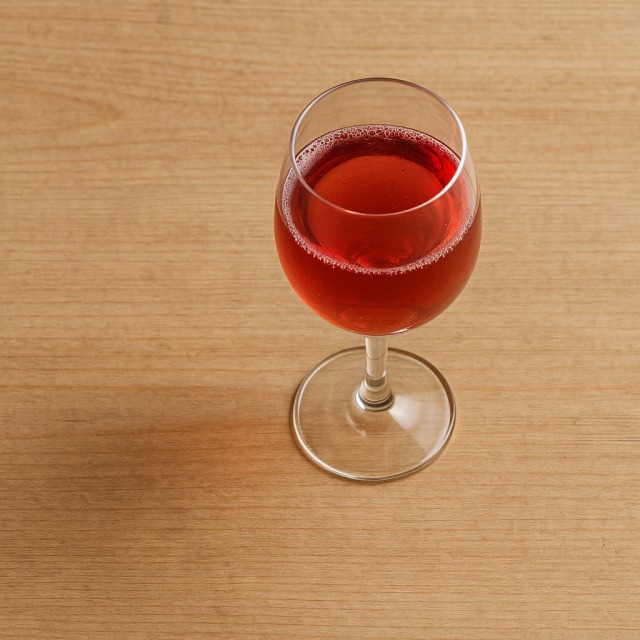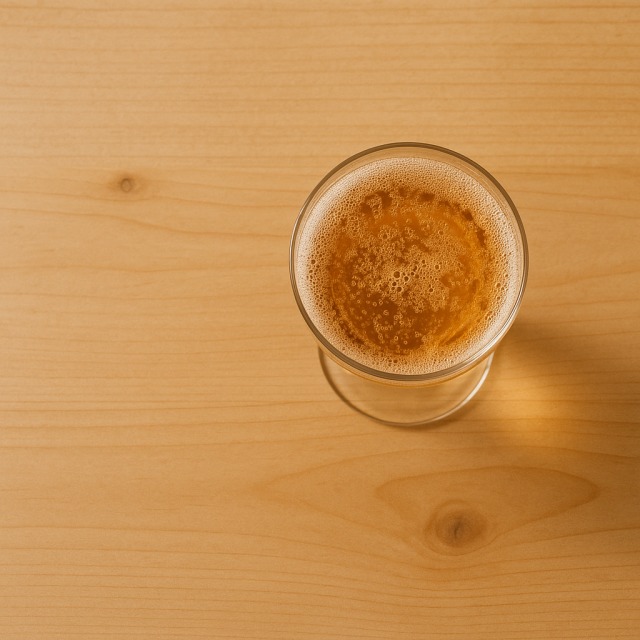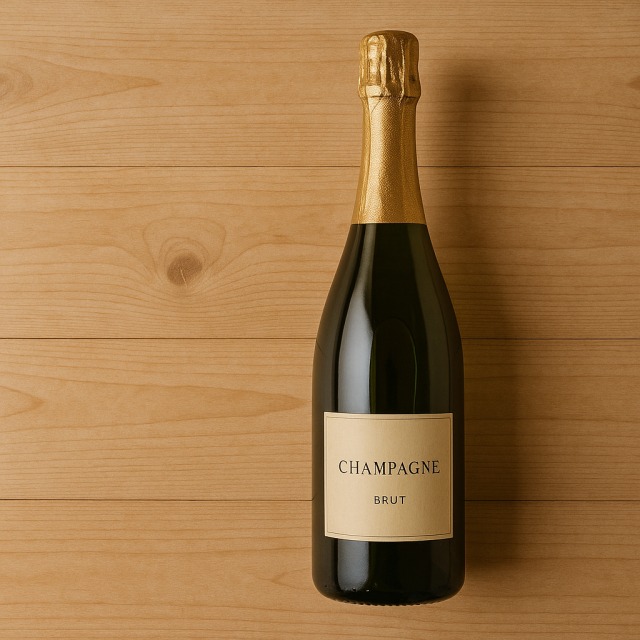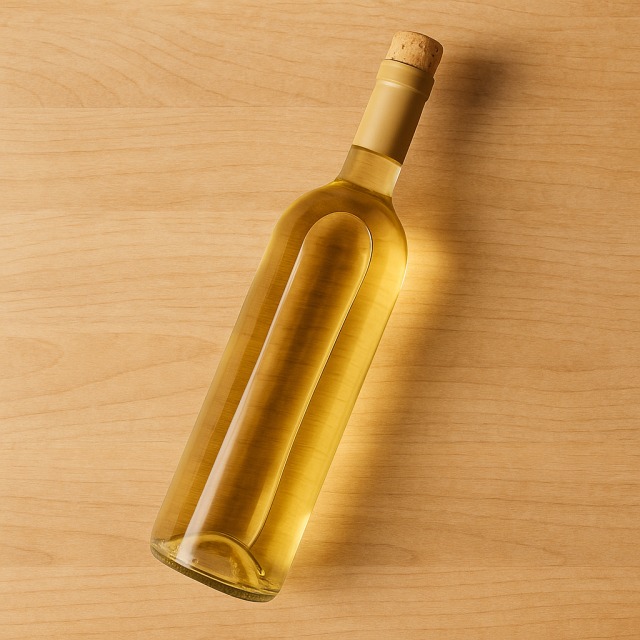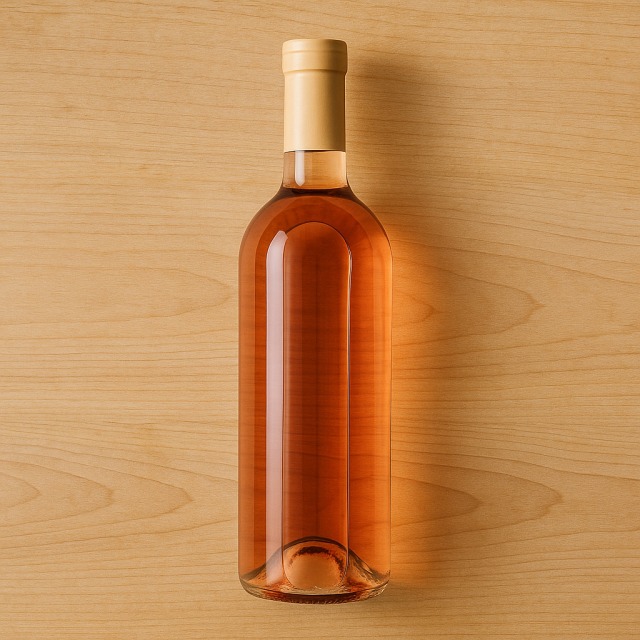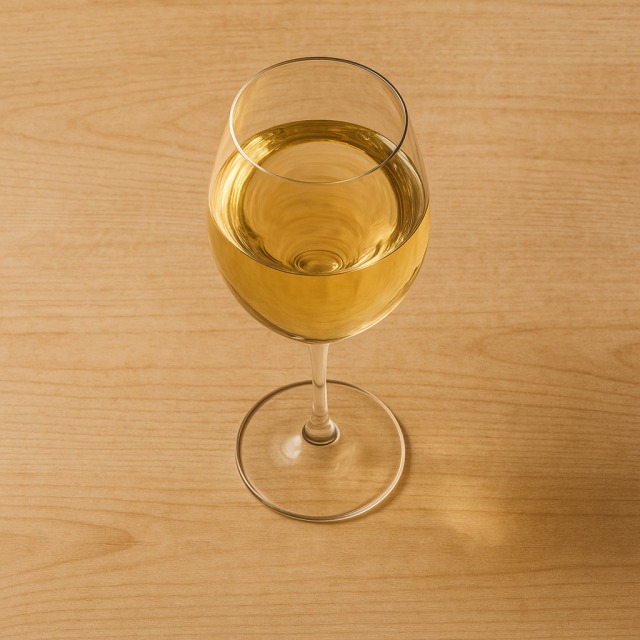Calorie Chart / Beverages / Sparkling wine
How Many Calories Are in Sparkling wine?
Calculation of the nutritional value & Recommended Dietary Intake of sparkling wine
For ml and a calorie requirement of kcal
| Calories 113 kcal | Proteins 0 g | Lipids 0 g | Carbohydrates 2.1 g |
| 6% | 0% | 0% | 1% |
Health benefits of sparkling wine
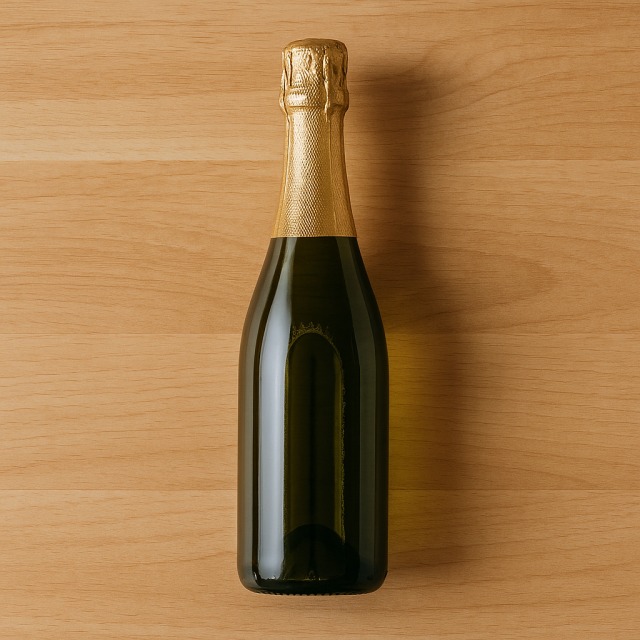
Sparkling wine - 100ml
Calories 90 kcal
Proteins 0 g
Lipids 0 g
Carbohydrates 1.7 g
When you type "sparkling wine calories," you will discover that this festive drink provides about 90 calories per 100 g, putting it in the low-to-moderate-calorie bracket for alcoholic beverages. That is fewer calories than many cocktails, yet slightly more than some light beers. Its relatively low alcohol strength (usually 11-12 %) also keeps calories under better control than spirits.
Beyond calories, sparkling wine delivers small amounts of potassium, magnesium, and trace B-group vitamins originating from the grape must. It also supplies polyphenols such as resveratrol and tyrosol, compounds studied for their supposed antioxidant benefits (the protective effect on cardiovascular health remains " supposed ", not formally proven). Thanks to its carbonation, a serving often feels more voluminous, which can help limit total calories by encouraging slower sipping.
Historically, the méthode champenoise was codified in 17th-century France, and the secondary bottle fermentation responsible for the bubbles can last from nine months to several years. A drier Brut style contains fewer residual sugars—and therefore fewer calories—than a demi-sec or doux version. Compared with red wine, white wine, or beer, sparkling wine is one of the rare drinks where production time, pressure in the bottle, and yeast autolysis all indirectly influence the final calorie count.
Tips for incorporating sparkling wine into a balanced diet
To enjoy sparkling wine while keeping calories in check, favor Brut or Extra-Brut labels and pour a 100–120 ml flute rather than a wide coupe. Pairing matters: a glass alongside oyster platters, smoked salmon canapés, or a light strawberry salad creates an elegant starter that adds minimal calories to the meal.
If you are preparing cocktails, choose options that barely raise calories. A Kir Royal mixes 9 cl sparkling wine with 1 cl kir (crème de cassis), adding only about 20 extra calories. A Bellini—sparkling wine blended with puréed peach—delivers natural sweetness while still staying lighter than many syrup-based drinks.
For a full menu, accompany a lean protein such as chicken breast or cod fillet with steamed asparagus; the crisp acidity of sparkling wine balances the dish and reduces the urge for caloric sauces. If you fancy cheese, a small slice of fresh goat cheese pairs well and keeps calories moderate compared with aged, higher-fat varieties.
Remember: serve your bubbly well chilled (6-8 °C) so that aromas and bubbles shine without encouraging fast consumption, which can silently add unnecessary calories.
Frequently Asked Questions
- How many calories in sparkling wine?
- Sparkling wine provides about 90 kcal per 100 g.
- Does Brut sparkling wine contain fewer calories than sweet versions?
- Yes. Brut or Extra-Brut usually has the lowest residual sugar and therefore 10–20 kcal less per glass compared with demi-sec or doux.
- Can I drink sparkling wine on a weight-loss diet?
- Occasional 100 ml servings fit into most calorie-controlled plans, especially when you compensate by reducing calories from desserts or sauces in the same meal.
- Is sparkling wine gluten-free?
- Yes, it is naturally gluten-free; its calories come from alcohol and a small amount of grape sugar, not from cereals.
- How does the calorie content of sparkling wine compare with cocktails?
- A standard flute (≈75-90 calories) is far lighter than creamy cocktails, which often exceed 250 calories.
Similar foods
Alcohol consumption may be harmful to your health. Please drink responsibly. Do not drink and drive. Not recommended during pregnancy. Must be of legal drinking age.
Information provided by Calorie Menu may contain inaccuracies or errors. It cannot, under any circumstances, substitute medical advice or medication.
